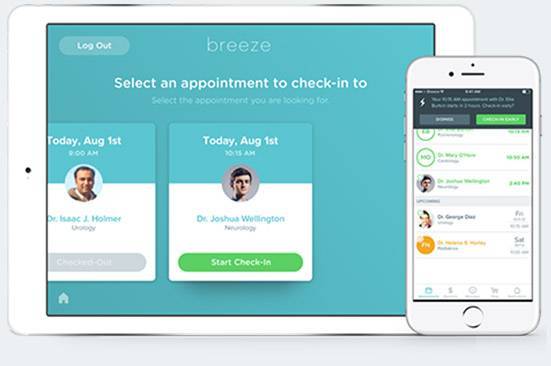Interoperability refers to the ability of different software systems to communicate with each other. It allows information from different systems to be exchanged or brought together. In healthcare, interoperability is of the utmost importance. Most practitioners use software from different providers so its important to have a platform that links all of them. Healthcare practitioners might not have access to a patient’s full medical history without healthcare interoperability, which could result in incorrect diagnosis. Furthermore, healthcare APIs allow information exhange between applications in order to improve healthcare delivery. Due to their capacity to facilitate seamless communication across software and apps, APIs are increasingly taking over as the preferred method for establishing healthcare interoperability. APIs enable for the secure interchange of information; they are reusable, and you can easily combine them to create new goods and services.
This article explores the barriers to APIs and interoperability faced by healthcare organizations and the measures to be taken to overcome these barriers.
Barriers to APIs and Interoperability
Healthcare data interoperability has many advantages including better patient care, lower costs, and greater efficiency. However, organisations still encounter a number of obstacles that keep them from reaching its full potential. The difficulties with interoperability and API in healthcare are:
Lack of Coordination
Lack of standardised methods, standards, and protocols for information exchange contributes to the difficulty in coordinating data interchange between healthcare organisations. Healthcare data interoperability has been hampered despite the introduction of standards like HL7 and FHIR due to poor implementation and opposition to change.
Wealth of Data
It’s crucial to avoid data overload when moving health information between systems. Finding a system to manage EHR/EMR data, data from IoT sources, and more is the goal of interoperability in the healthcare industry. They have the potential to interfere with your processes if you don’t deal with them.
Cost
Businesses lack the resources to invest in interoperable solutions and replace their outdated systems. The cost is significantly increased by the purchase of new hardware and software, the integration of new systems with existing ones, and staff training on how to utilise these systems efficiently. The cost of many healthcare organisations might also rise as a result of continuing maintenance and interoperability system improvements.
Privacy and Security
The private nature of patient health information presents another difficulty in data sharing. The risk of data theft, hacking, and cyberattacks grows as more healthcare organisations and systems exchange data. Healthcare professionals are becoming increasingly concerned about effectively sharing data while maintaining the information’s safety and security.
Measures to Overcome Barriers to Interoperability and API
To achieve interoperability and API integration and pave the road for better health outcomes and enhanced patient experiences, proactive actions are necessary.
These effective measures include:
Using Cloud-Based Solutions
Cloud-based solutions can help to break down data silos significantly. With the use of cloud technology, accessibility is ensured and stakeholders now have access to all the data they need to improve patient care. Large amounts of organised and unstructured data may be easily stored and managed thanks to the scalability, flexibility, and agility of these technologies.
Understand your Needs
For seamless data interchange across various systems, healthcare message, structure, content, and format must be standardised. You can conveniently share and use data for collaborative purposes by describing clinical information through codes, enabling data-driven research to advance healthcare.
Adopt an API-first Approach
As APIs allow EHR vendors to keep up with changes in policies and recommendations, they are being used more frequently as a low-cost method of EHR optimisation. APIs are being used by healthcare organisations to comply with CMS Interoperability and Patient Access requirements.
Security as Top Priority
Security should be a top priority for API Integration from the beginning. One approach to stop data breaches is by bringing in a security system or team of professionals early on in the integration process. As your business starts to scale its API operations, security must remain a top priority. When necessary, security protocols should be evaluated and kept current. Organizations should incorporate strong security mechanisms including authentication, access-based restrictions, and encryption to guarantee data privacy and security and address EHR interoperability issues. Additionally, they must adhere to laws that control the protection of personal health information, such as HIPAA and GDPR.
Ensuring Compliance
Authorities need to make sure that healthcare interoperability standards are being followed. This can be accomplished by giving healthcare organisations information and training, through building partnerships, and by fostering open communication to encourage collaboration.
Conclusion
Organisations trying to communicate data across various networks and systems must have interoperability and API integration. Therefore, they should go for software solutions that efficiently handle data using the most recent interoperability standards. CareCloud’s Interoperability solutions help healthcare organizations achieve seamless communication between systems, collaborate with providers and create a single platform to access all kinds of data.



